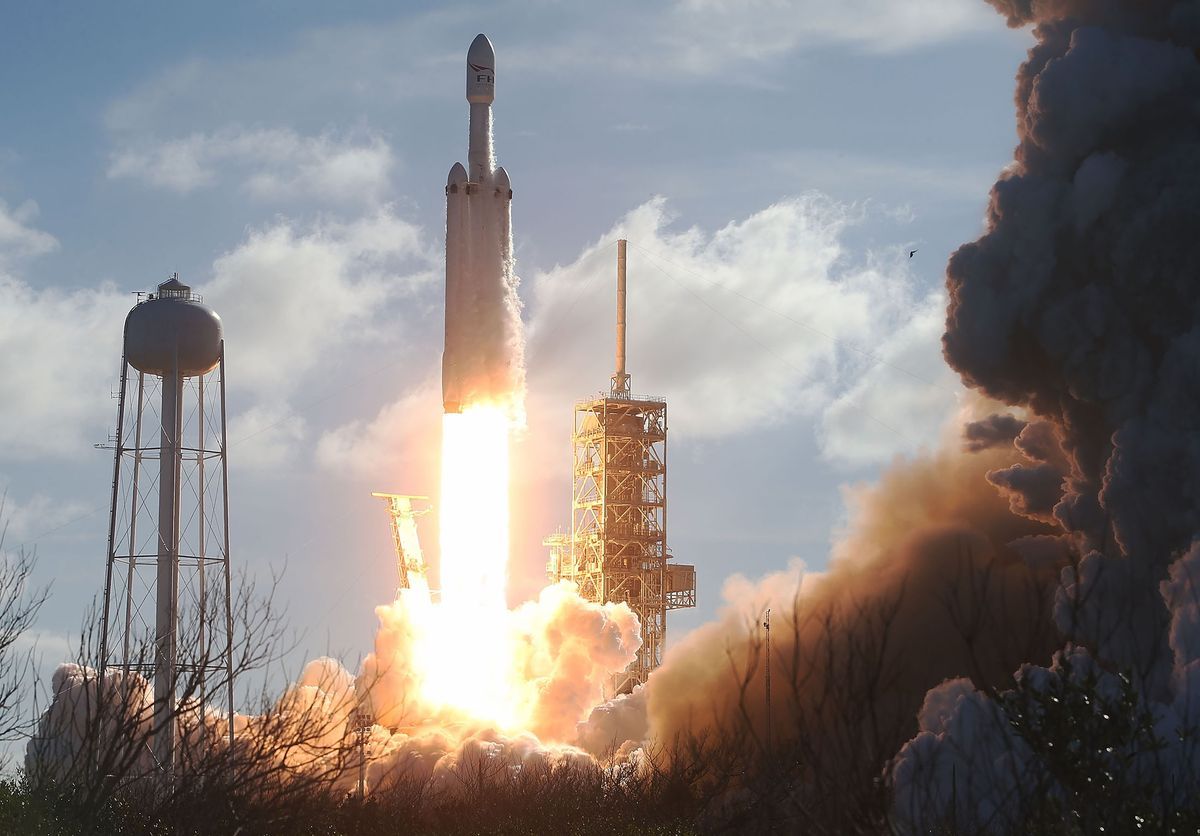James Grand and Thomas Hezlett expected to find the United States filled with Bitcoin, cryptocurrency and blockchain-powered businesses. Instead, they realized that despite a surging price in tokens, the payments system in the wider world has stayed the same.
A fierce internal debate may undermine the company’s bid for the JEDI program.
Last August, U.S. Defense Secretary James Mattis made a journey to the West Coast and met with Google founder Sergey Brin and CEO Sundar Pichai. Over a half day of meetings, Google leaders described the company’s multi-year transition to cloud computing and how it was helping them develop into a powerhouse for research and development into artificial intelligence. Brin in particular was eager to showcase how much Google was learning every day about AI and cloud implementation, according to one current and one former senior Defense Department official who spoke on condition of anonymity.
It wasn’t an overt sales pitch, exactly, say the officials. But the effect of the trip, during which Mattis also met representatives from Amazon, was transformative. He went west with deep reservations about a department-wide move to the cloud and returned to Washington, D.C., convinced that the U.S. military had to move much of its data to a commercial cloud provider — not just to manage files, email, and paperwork but to push mission-critical information to front-line operators.
$5,000.00 USD will be awarded to the winner. $1,000.000 USD will be awarded to three runner-up papers, one of which could be the final winner.
About the Prize:
Humanity+, a 501©3 non-profit educational organization is sponsoring the Blockchain essay prize for papers that cover the topic of “Mutual Benefits of Blockchain and Transhumanism”.
American astronaut Andrew “Drew” Feustel recorded a video message aboard the International Space Station commemorating Holocaust Remembrance Day.
In the video released on Thursday, the NASA geophysicist, who is not Jewish, displayed a replica of a drawing titled “Moon Landscape” by Petr Ginz, a Czech teen with Jewish roots who was killed at Auschwitz. Feustel, who received the drawing from the Yad Vashem Holocaust museum in Jerusalem, noted that late Israeli astronaut Ilan Ramon had brought a replica of the very same drawing with him on board the Space Shuttle Columbia in 2003.
Ramon and the rest of that crew were killed when the shuttle broke apart shortly after takeoff.
A new look at the moon via 4-k video fly-throughs from LRO data and imaging. The finale is a drop down to Taurus-Littrow to see a highly magnified image of the…Apollo 17 LM descent stage. Stunning! #NASA #Apollo #LunarReconnaissanceOrbiter #moon https://www.space.com/40274-nasa-moon-in-4k-video-tour.html…
Images from NASA’s Lunar Reconnaissance Orbiter (LRO) are not only helping planners with future human missions to the moon, but they are also revealing new information about the moon’s evolution and structure.
A new NASA video, posted on YouTube, features more than half a dozen locations of interest in stunning 4K resolution, much of it courtesy of LRO data. NASA also highlighted the individual sites in a Tumblr post that delves deeper into their geology, morphology and significance.
LRO has been circling the moon since 2009 and has made a range of discoveries at Earth’s closest large celestial neighbor. [More Amazing Moon Photos from NASA’s LRO].
People with a rare kind of dementia that initially attacks the language center of the brain end up recruiting other areas of the brain to decipher sentences, according to a new study.
The study is one of the first to show that people with a neurodegenerative disease can call upon intact areas of the brain for help. People who have had strokes or traumatic brain injuries sometimes use additional regions of the brain to accomplish tasks that were handled by the now-injured part.
“We were able to identify regions of the brain that allowed the patients to compensate for the dying of neurons in the brain,” says first author Aneta Kielar, an assistant professor of speech, language, and hearing sciences and of cognitive science at the University of Arizona.
Russia is actively implementing a lunar program through 2030, aiming to send astronauts to the moon, President Vladimir Putin said Thursday, Russia’s Cosmonautics Day.
Putin said “yes” to the question “We are going to fly to the moon, right?” when he visited the Space Pavilion at the all-Russian Center of Achievements of the National Economy, according to the Kremlin.



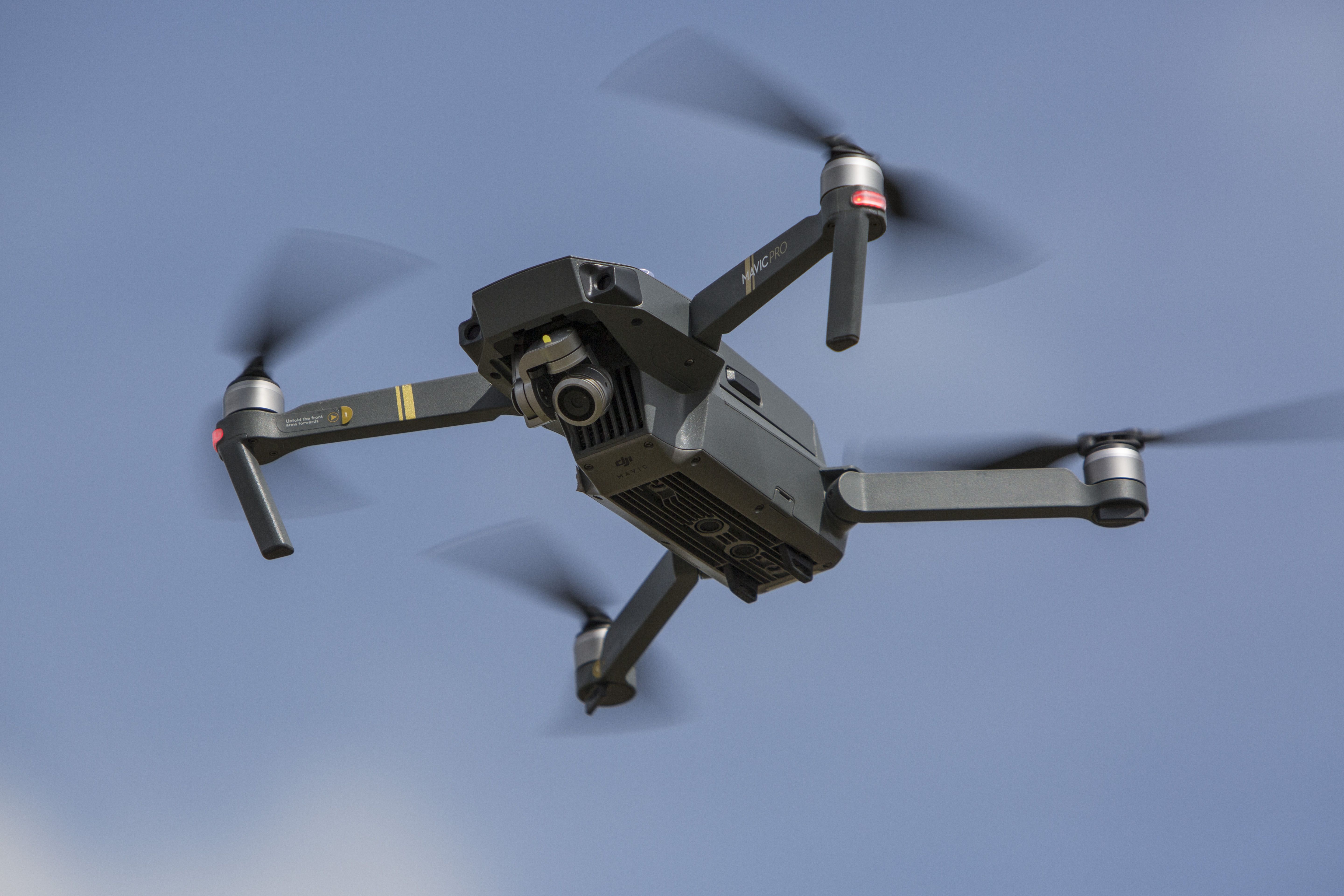
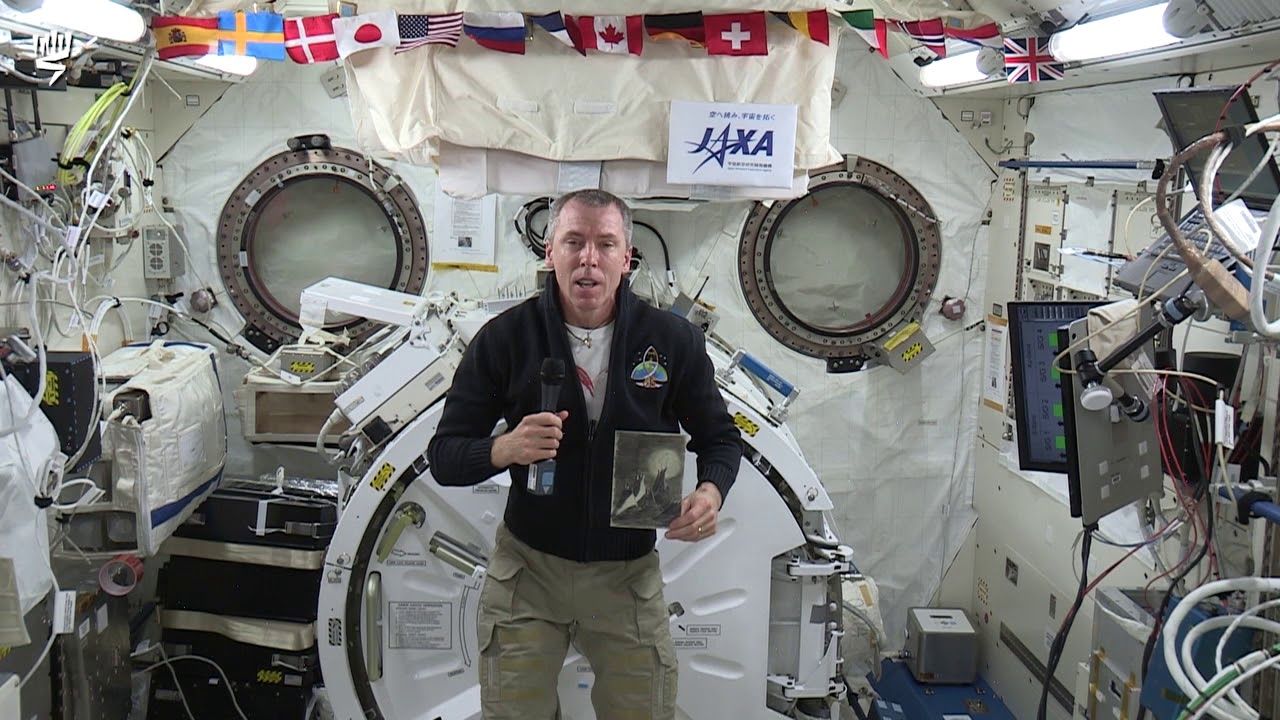
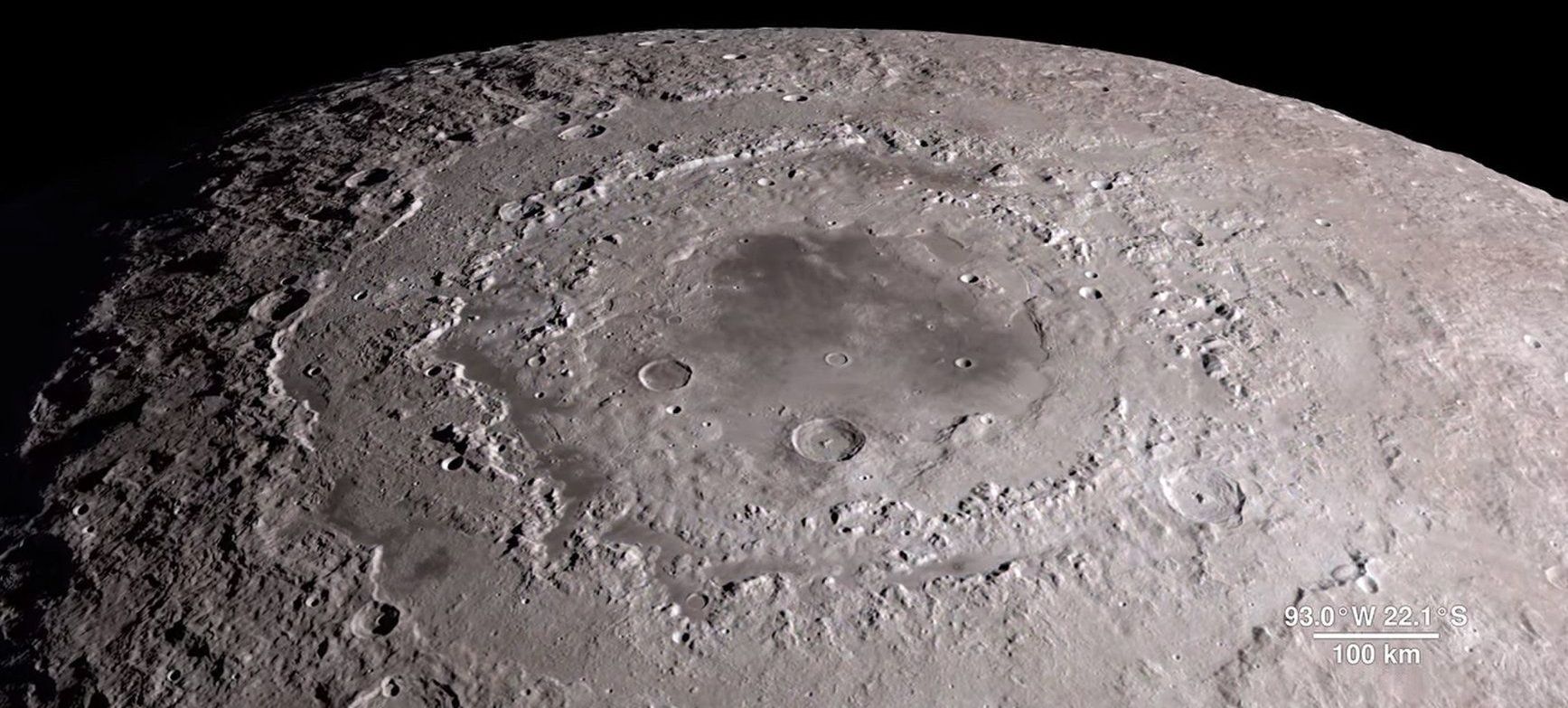
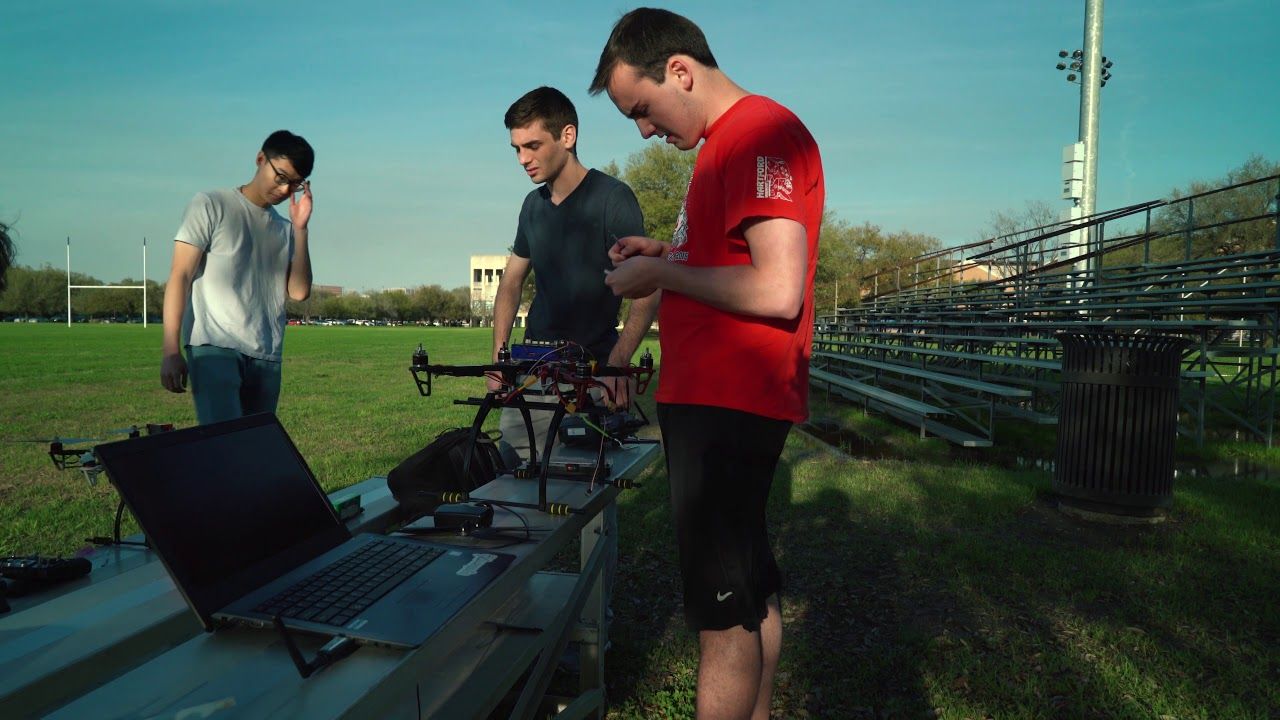
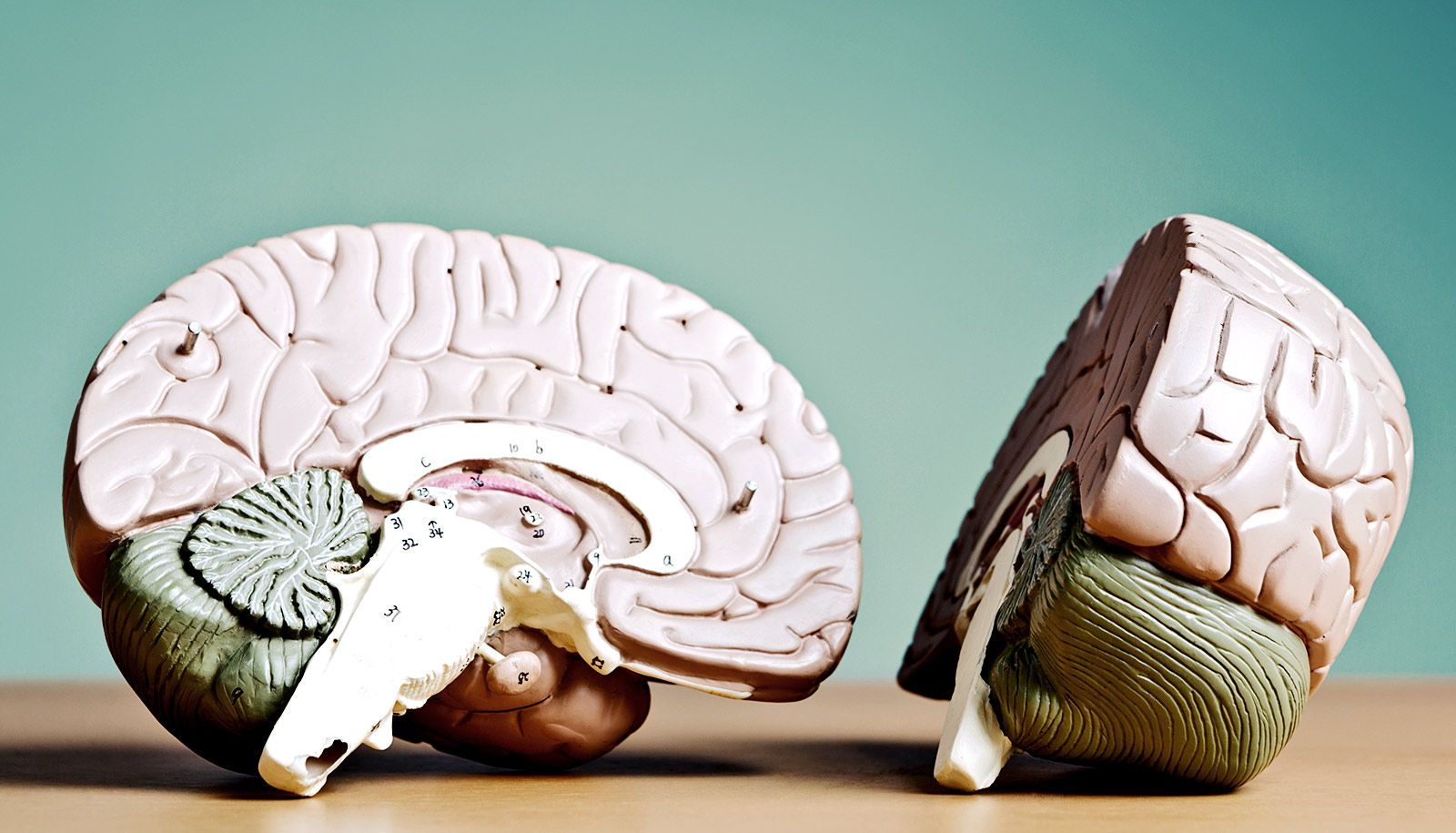
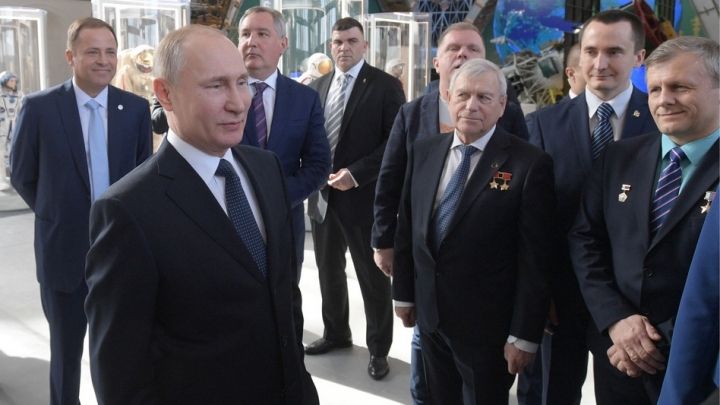
![Russia's President Vladimir Putin (L front) visits the renovated Cosmos pavilion of the VDNKh exhibition centre. [Photo: IC]](https://lifeboat.com/blog.images/russia-planning-manned-spaceflight-to-moon-putin2.jpg)
